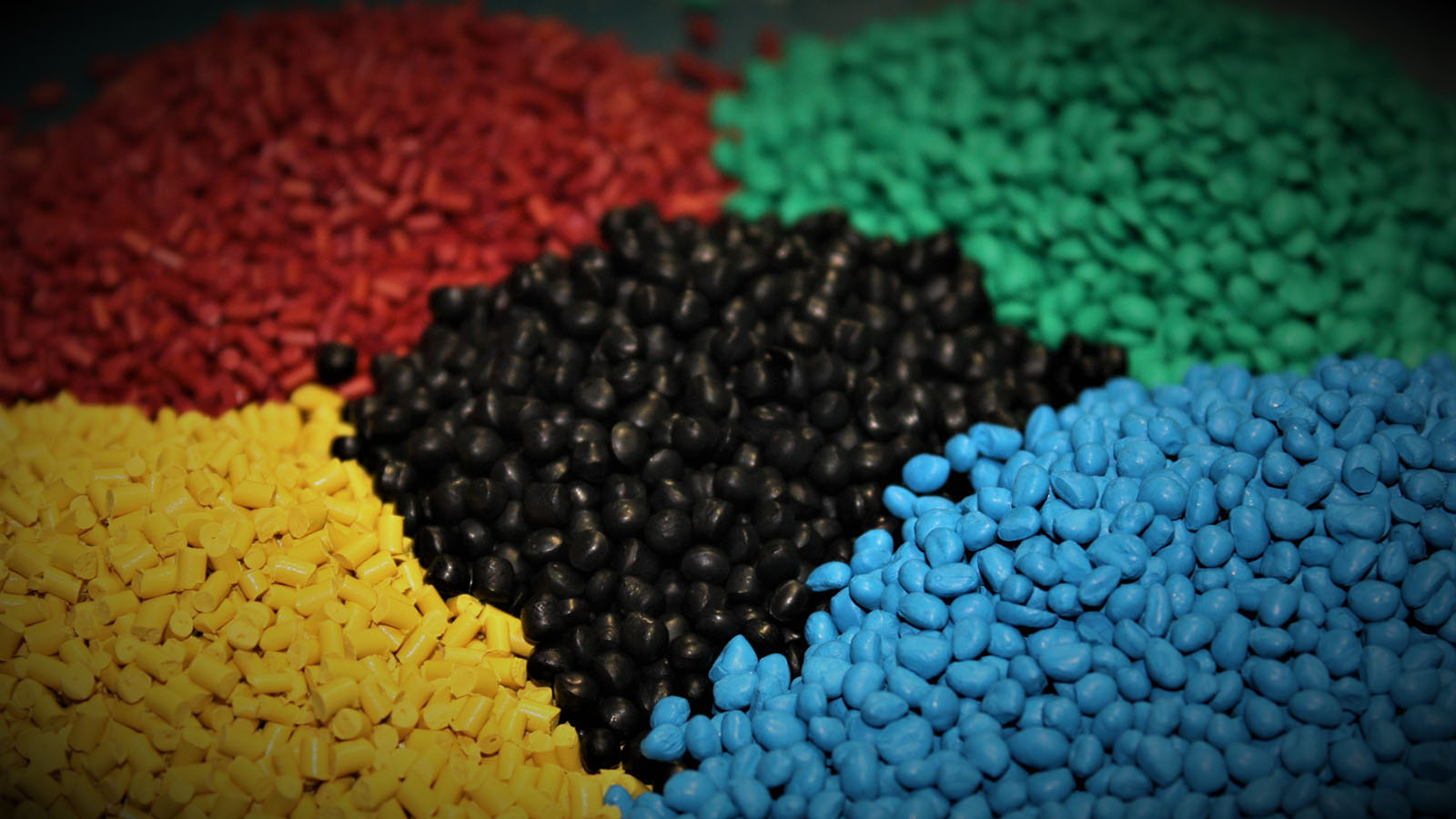Plastics can degrade and lose critical material properties over time. Environmental factors like temperature, humidity, chemical exposure, and light (to name a few) can all degrade plastics and cause failures or reduced performance over time. To slow or eliminate the degradation of plastics, careful selection of material is critical. In this article, we’re going to look at UV additives for polymers that prevent degradation from sunlight.
First, you need to understand what can happen to polymers when they are exposed to UV light for extended periods of time. Over time, colors begin to fade, but more importantly, the chemical structure of the polymer starts changing. When the chemical structure changes, the polymer can become brittle and lose its material properties, leaving you with a discolored part that will break and fail in the field.
From a chemical standpoint, the creation of free radicals, changes in molecular weight, oxidation, etc. happens slowly over time as your part is continually exposed to UV light. However, you don’t need a material science degree to know that your part is going to fall apart and fail because of over-exposure to sunlight. What you need to know is what your options are for preventing UV damage.
There are a few different additives for plastics, which can be added as part of the material manufacturing process that will slow the process of UV degradation In other words, you can select materials with UV additives built-in. Your injection molder then uses that material (like any other material) to create your part. Generally speaking, most classes of material can include UV additives, which means that when selecting a material for your product, you are not necessarily limited to one particular material.
For example, an exterior electrical box may have material property requirements that will take priority over UV resistance (that doesn’t mean UV additives won’t be possible, however). For an electrical box, these requirements could be specifications set by the UL safety certification. In this case, you’ll first want to ensure that electrical and mechanical properties meet the standard specifications. Once you have ensured that you meet those requirements, you can consider UV additives. You can assume that in most cases, UV protection will be an easy specification for a material manufacturer to meet.
Every molding project is different; therefore, it’s important to get a molder and their network of resources involved early in your project. There are thousands of materials to choose from, and molders stay connected with a large network of experts and manufacturers. As a whole, that network has launched thousands of projects and learned from each one. It’s best to leverage that free resource and talk through the details of your project from a material selection and design standpoint.


